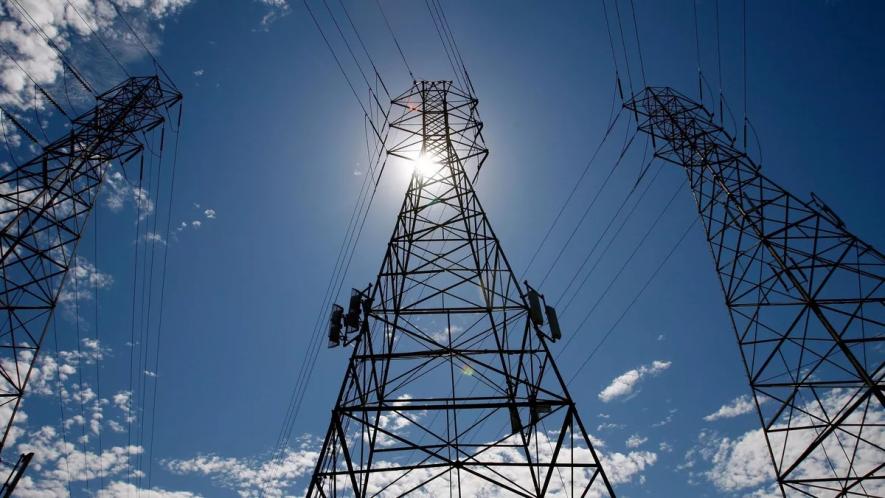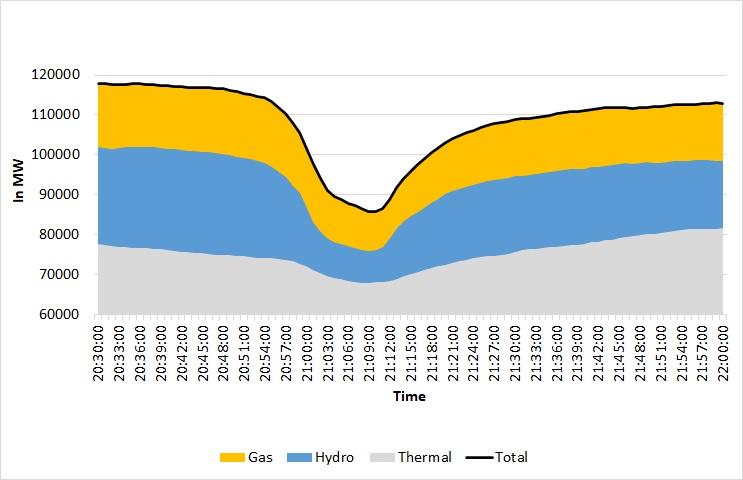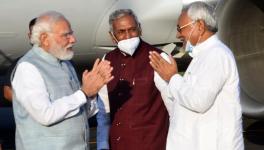The Grid Passes its Trial by Fire After Tense Moments

Representational image.
The power grid, or more correctly, the electricity engineers and authorities operating the grid, have passed through a trial by fire. On April 5, 9 PM, the grid load dropped, not by 12-14 Giga Watt (GW) as anticipated by Power System Operations Corporation (POSOCO), but by a humongous 32 GW. As the chart below (released by POSOCO on the morning of April 6) shows, the drop was 27% of the total load on the system at that time.
In the annals of grid corporation, in India or anywhere in the world, a sudden drop of this magnitude and coming back within 9 minutes is unheard of. Normally, unusual grid events happen due to accidents. This one was entirely man-made, the Prime Minister deciding on an event on April 5 – at 9 PM for 9 minutes – which had only optics as its value. Or probably his sense of vainglory, that the entire nation including the power grid jumped through the hoops on his call!
Let us look at the big picture first. How did the grid withstand this huge plunge and surge in load, all within a few minutes? POSOCO had prepared a comprehensive 26-point plan in consultation with regional and state load despatch centres on how to handle this emergency. Broadly, they had decided that they would bring down the load of thermal power stations which respond slowly, and increase hydro and gas-based generation which respond much faster to a demand change. As hydro and gas turbines respond much faster than thermal plants, they are better placed to unload quickly when power goes down, and again come up rapidly when the load increases. Our chart below shows how the hydro and the gas-based stations took about 20 GW of the 32 GW load drop, the rest by thermal.
Source: POSOCO Preliminary Report on pan India lights switch off event on 5th April 2020
Secondly, POSOCO had also let the grid frequency come down to the lower range of the 49.7-50.3 normal operating band before the start of the “event”, the frequency then was at 49.7. The frequency of the grid also rose along with the fall of load, and reached to maximum 50.26, just short of the upper limit of the normal frequency band. In simple terms, it means that every equipment connected to the grid, including the motors in our homes – fans, compressors in the refrigerators, air conditioners – ran a little faster to absorb the surplus energy of the grid. The system was severely stressed, but survived without any major incident.
The grid authorities had also taken a number of other measures, all of which was to see how to handle the sudden switching off and on of such a large amount of load in a very short span.

Source: POSOCO Preliminary Report on pan India lights switch off event on 5th April 2020
The Ministry of Power had put out a statement saying that the April 5 call by PM would not result in any abnormal operation for the grid, and it was well within normal limits and standard operating protocols of the grid. This was a complete lie. The grid has never faced any event remotely resembling this one, where more than one-fourth of the total load of the grid plunged and surged back, all within minutes. There are no standard operating procedures for facing an event of this magnitude anywhere in the world. In its 26-point advisory, POSOCO calls this event and “unprecedented” one, in contradiction to Ministry of Power’s contention of this being within normal operating limits of the grid.
Also read: Ministry of Power’s Misinformation on Grid Stability on 5th April
The reason that the grid was not knocked out is because POSOCO, the national, regional, and state load despatch centres, the generating stations and all the staff made extensive preparations for facing this PM induced emergency.
And just for the record, the last point in POSOCO’s 26-point list of actions to be taken to face the unprecedented event of 5 April, was “preparations for a black start” and “restoration of services”. Black start is required when a power station has to start without the power grid being available. It is required when a station has to start after a grid collapse, and the grid has to be restored. Clearly, POSOCO was well aware of the risk to the grid under the Modi initiated “unprecedented” event of April 5, and had prepared for it.
Fortunately, the grid authorities, the engineers and electricity workers manning the power systems, got us through this crisis. But was such a stress test for the grid, at a time when we are already under enormous stress of the COVID-19 pandemic and a lockdown, necessary?
Also read: COVID-19: Lighting Candles, Risking Grid Collapse in India Under Lockdown
Get the latest reports & analysis with people's perspective on Protests, movements & deep analytical videos, discussions of the current affairs in your Telegram app. Subscribe to NewsClick's Telegram channel & get Real-Time updates on stories, as they get published on our website.
























